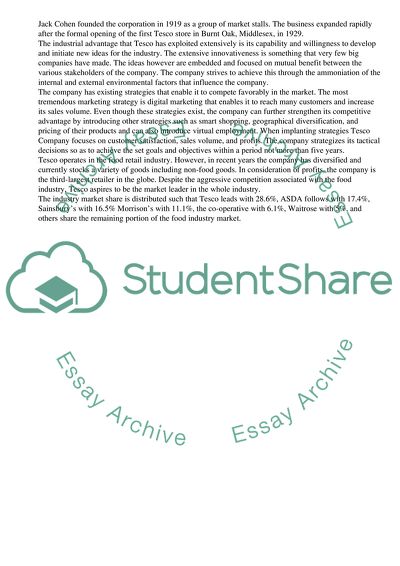Cite this document
(Tesco Business Strategy Report Example | Topics and Well Written Essays - 3000 words, n.d.)
Tesco Business Strategy Report Example | Topics and Well Written Essays - 3000 words. https://studentshare.org/business/1851717-use-tesco-to-do-a-business-strategy-report
Tesco Business Strategy Report Example | Topics and Well Written Essays - 3000 words. https://studentshare.org/business/1851717-use-tesco-to-do-a-business-strategy-report
(Tesco Business Strategy Report Example | Topics and Well Written Essays - 3000 Words)
Tesco Business Strategy Report Example | Topics and Well Written Essays - 3000 Words. https://studentshare.org/business/1851717-use-tesco-to-do-a-business-strategy-report.
Tesco Business Strategy Report Example | Topics and Well Written Essays - 3000 Words. https://studentshare.org/business/1851717-use-tesco-to-do-a-business-strategy-report.
“Tesco Business Strategy Report Example | Topics and Well Written Essays - 3000 Words”. https://studentshare.org/business/1851717-use-tesco-to-do-a-business-strategy-report.


